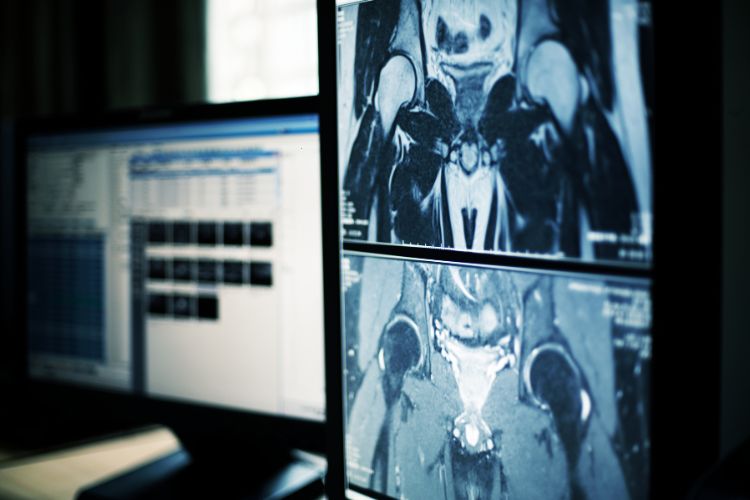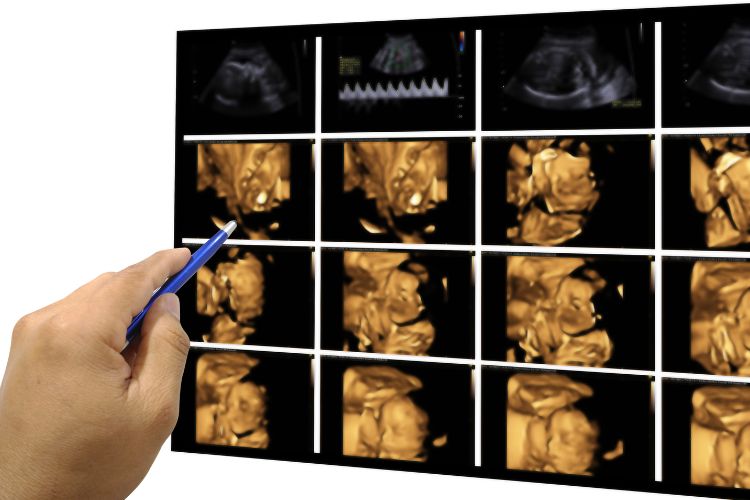
Medical Imaging and Radiology Differences
When faced with a medical condition that requires further investigation, many people are referred by their treating doctor for imaging tests. Being sent to a radiologist or other specialist can be daunting, especially if you’re unsure about the tests and what they entail.
So, what exactly does this mean? Two commonly used terms—medical imaging and radiology—often come up, and while they’re closely related, understanding the difference can help you feel more confident.
In this blog, we will cover the key differences between medical imaging and radiology, what to expect during your appointment, the latest advancements in the field, and how to book an appointment to take the next step in your healthcare journey. By the end, you’ll have a clearer understanding of these critical aspects, making you feel more confident and prepared for your upcoming procedure.
What is Medical Imaging?
Medical imaging refers to the techniques and processes used to create images of the human body for diagnostic purposes. These images help doctors see inside your body without needing to make an incision, making it a vital tool for diagnosing and monitoring a wide range of health conditions. Medical imaging encompasses several non-invasive technologies, each of which serves a different purpose.
The most common types of medical imaging include:
- X-rays: X-ray scans are often used to examine bones and detect fractures or infections.
- Magnetic resonance imaging (MRI): MRIs are ideal for detailed images of soft tissues like the brain muscles and joints and are used to detect tumours, injuries or diseases in these areas.
- CT scans: CT scans produce detailed cross-sectional images of the body, helping to diagnose conditions such as cancer or internal injuries.
- Ultrasounds: Commonly used during pregnancy, ultrasound imaging technology is also helpful for visualising organs such as the heart and examining aspects of the veins and blood flow. Each of these serves as a powerful diagnostic tool, helping doctors understand the nature and extent of your condition.

What is Radiology?
Radiology is the broader field of medicine that encompasses both the interpretation of medical images and the actual process of capturing them. Radiologists are medical doctors who specialise in using imaging techniques to diagnose and treat diseases. Radiology is divided into two key branches.
1. Diagnostic Radiology: This involves radiologists interpreting medical images, such as X-rays or MRIs, to diagnose conditions.
2. Interventional Radiology: This branch of radiology uses imaging techniques to guide procedures such as biopsies, inserting catheters, or draining fluids.
Radiology plays a crucial role in modern healthcare, ensuring accurate diagnosis and often enabling less invasive treatments.
While some people may initially think that radiology and nuclear medicine are the same, there are distinct differences between the two.
Radiology encompasses a broad range of imaging techniques, while nuclear medicine specifically uses small amounts of radioactive material to diagnose or treat certain conditions.
Key Differences Between Medical Imaging and Radiology
While medical imaging refers to the various methods of capturing images, radiology involves the analysis and interpretation of those images by a specialist. Think of medical imaging as the tool and radiology as the expertise behind using these tools effectively.
Radiologists are highly trained medical doctors who interpret medical images, while the technicians who operate the imaging equipment do not require the same level of medical training. These technologists work under the guidance of radiologists and physicians to ensure accurate image capture, but it’s the radiologist who will provide the final diagnosis based on these.
While medical imaging technologies can be used for a wide range of diagnostic purposes, radiology interprets and further manages those images. This distinction is essential for patients to understand, especially considering safety factors, accuracy and diagnosis and the professional roles involved.
When Do You Need Medical Imaging vs Radiology?
While your treating physician will let you know whether you need medical imaging or radiology, you probably still have questions. Here is a helpful breakdown of whether you might require medical imaging or radiology.
Medical Imaging: You’ll need medical imaging if your doctor suspects an issue that requires a closer look inside your body. For example, if you experience a persistent cough, your GP may refer you for a chest x-ray to check your lungs.
Radiology: If your condition requires further evaluation after an imaging scan, a radiologist will review the images, provide a diagnosis and suggest further action. For example, after a CT scan, a radiologist might identify the exact location of a tumour and recommend treatment options.
Advances in Medical Imaging and Radiology
The fields of medical imaging and radiology have experienced advancements in recent years, greatly improving the accuracy and efficiency of diagnostic procedures. From sharper, more detailed imaging technologies, providing unparalleled visualisation of internal structures and anatomy, to faster, less invasive procedures, these breakthroughs offer substantial benefits for patients and healthcare providers alike.

Some of the most notable improvements include:
3D and 4D imaging: Offering a more detailed view of organs and tissues, improving diagnostic accuracy.
AI radiology: Artificial intelligence is being increasingly integrated into radiology for quicker and more accurate image interpretation.
Portable imaging devices: Portable equipment is now bringing medical imaging to patients in remote locations or emergency settings, ensuring that vital diagnostic services are available where they are most needed. These advances not only improve diagnostic results but also lead to more personalised treatment options and better overall care.
Book Your Appointment with Clarity
Understanding the difference between medical imaging and radiology is crucial in navigating your healthcare journey. Medical imaging serves as the ‘eyes’, detecting potential issues, while radiology plays the vital role of interpreting those images to provide the clearest possible diagnosis.
At PRP Imaging, our expert team offers a variety of medical imaging services across multiple locations, ensuring that you have access to the diagnostics and diagnostic tools needed for conditions such as cancers, heart disease, and more.
Our experienced professional radiologists are an essential part of your patient care team, delivering accurate, timely results to support your health. If you’re ready to benefit from our services, whether for an X-ray, MRI, or other imaging procedures, contact us today to schedule your appointment.
